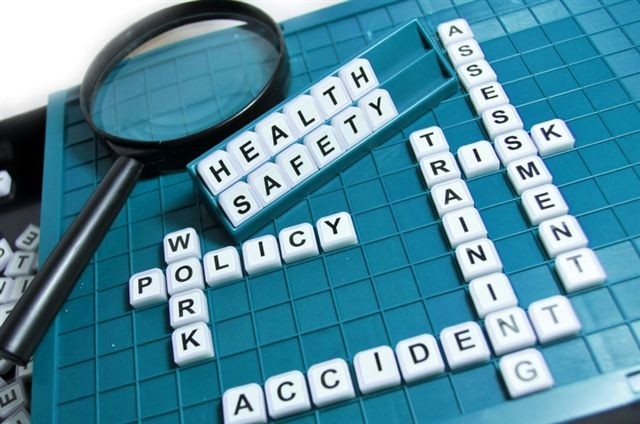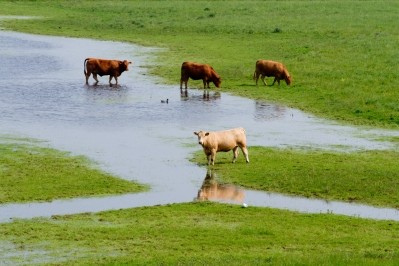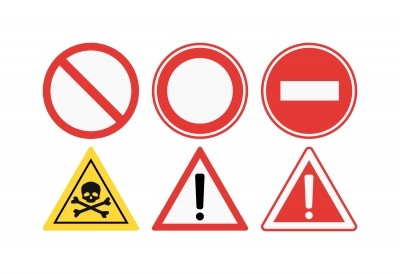US FDA offers on-farm feed safety guidance

The document is not a set of binding rules, but the agency’s thinking on how to help animal producers establish procedures and practices that can be used to maintain feed safety, said officials with the FDA. It applies to feed from a supplier or made on site, but does not cover feed manufacturing.
A draft for comments was issued in March, 2015. The final form has been influenced by industry suggestions, said David Fairfield, vice president of feed services with the National Grain and Feed Association (NGFA).
“We’re pleased that FDA has put forward this document to provide some guidance, and some principles and measures to ensure continued safety of products stored on farm,” he told FeedNavigator. “We did provide several recommendations when the draft guidance came out, and FDA chose to incorporate several of our recommendations into its guidance.”
Guidance details
The recommendations to feed users include that they know what contaminants could be an issue and take steps to prevent them entering the feed, said FDA officials. Acquiring feed from reliable sources and noticing when unplanned changes occur also may help.
“Many states have requirements designed to help ensure feed safety, including requirements relating to maximum tolerance levels for certain contaminants in animal feed,” they said. “Do not provide your animals feed that contains feed contaminants above the maximum tolerance levels.”
Producers also should plan for where risks could occur and check feed for contaminants when it is received, during holding and handling, they said. “In addition, a simple physical examination of the feed may identify abnormalities,” they added.
Feed storage, transport and use also should be done in ways that limit access by pests, pets or other feeds – including medicated feed, said officials. And processes should be in place to ensure that specialized feed goes to the correct animals.
“The occurrence of mycotoxins in grain and other feed commodities can be prevented or significantly minimized by providing environmental conditions during storage and transport that prevent or significantly minimize the growth of mycotoxin producing molds,” they said.
Producers should follow label directions, consider restricting who has access to feed and offer personnel feed safety training, said officials.
When managing pasture, forage, or bedding, producers should consider the use of good agricultural practices (GAPs), they said. And use management practices including rotational grazing.
“Ensure the drinking water supply for the animals on your farm is maintained in a manner to prevent or significantly minimize the occurrence of feed contaminants in the water,” they said. “Ensure tanks, pipes, and other equipment used to store and convey water are made of materials which do not introduce feed contaminants into the animals’ drinking water.”
If chemicals like pesticides or fertilizers are used on the farm, it remains important to use them according to the directions and store them in adequate locations, away from feed and animals, they said.
If producers have concerns about their feed they need to stop using it, and contact the supplier and their veterinarian, said officials.
Industry reactions
One suggestion offered by NGFA, and taken up in the new guidance, related to informing feed suppliers if there were problems, said Fairfield. “If an animal producer has a concern about a commercial feed, one of their first calls should be to notify their supplier so appropriate actions can be taken,” he added.
“That recommendation was not present in the draft guidance and FDA added that – we’re pleased about that,” he said.
However, there were areas where the organization would have liked to see other changes, said Fairfield. These include the creation of a separate list of potential feed contaminants and a greater emphasis on transportation.
The current list of potential contaminants is lengthy and may offer some suggestions that are unlikely, said Fairfield. “We suggested they put together a list that is more targeted and more likely to be seen, so that farms could focus their attention on contaminates that are more likely and more prevalent,” he added.








